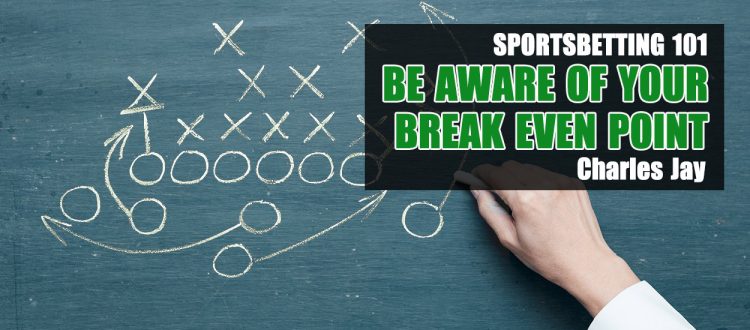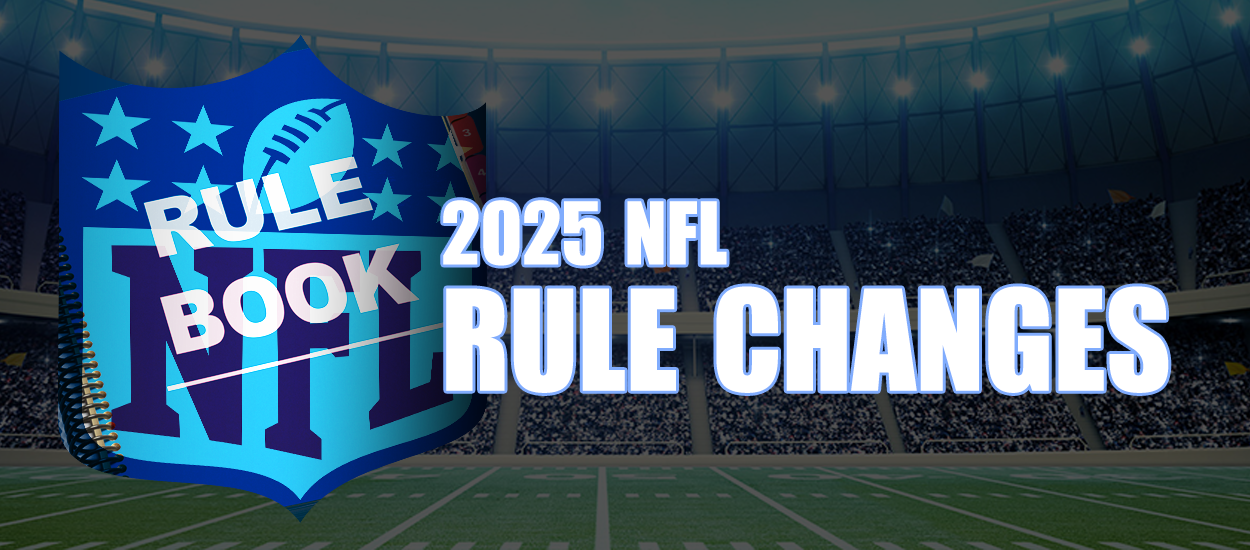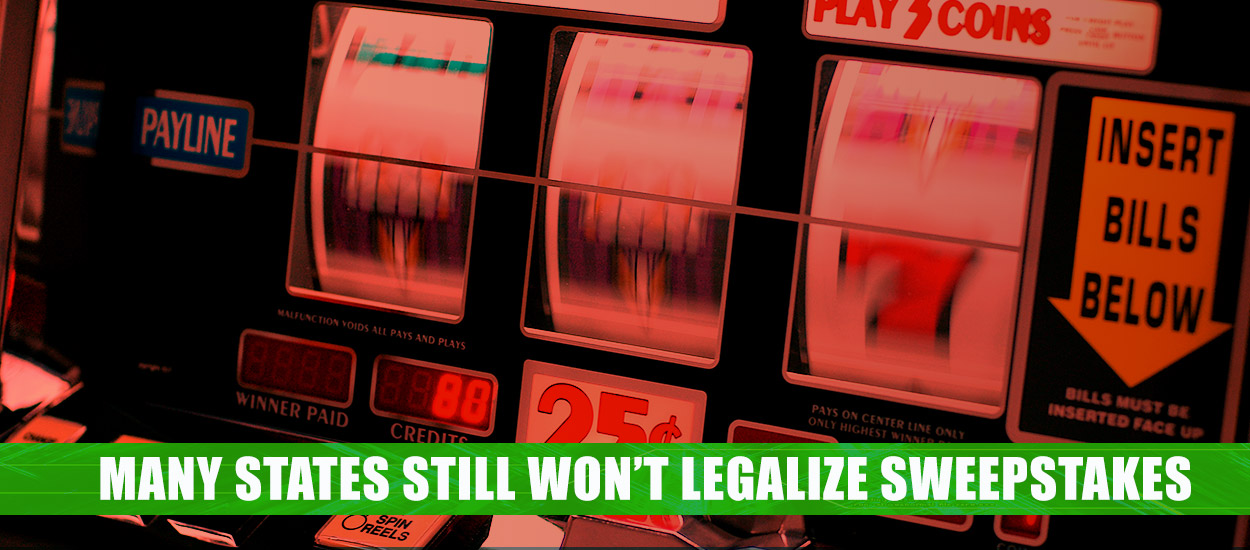Break-Even Point in NFL Betting
Understanding the Vigorish
When engaging in NFL betting, the general rule of thumb is that you are going to be laying out $11 for every $10 you’re looking to win. This 10% difference (which in this case is $1) is what is referred to as the vigorish, or vig, or juice, which, in effect is the fee the book receives in exchange for handling the wager. The easiest way to do this is to think of the sportsbook as both your opponent (after all, you are betting against them) and also as a broker of sorts.
If you wanted to bet $100 on a game, for example, what you’re doing is putting up $110 to win the $100. In the event you are a winner on that bet, you collect your $110 original wager, plus your $100 win. If you happen to be the loser, you’ll lose the $110 you put up in the beginning. So as you can see, the vigorish is only retained by the book when you lose. What it amounts to is the difference between what you have to pay when you lose and what you collect when you win.
So as you can see, the vigorish is only retained by the book when you lose. What it amounts to is the difference between what you have to pay when you lose and what you collect when you win.
On the surface, it doesn’t seem like very much, and never does to people who are relatively new to NFL betting (or any kind of sports betting, for that matter), but it’s the mechanism that has kept sportsbooks and bookmakers in business for decades and provides the barrier that makes sports betting such a difficult proposition.
Determining Your Break-Even Point
So how do you determine the percentage of winners you have to get to reach your break-even point?
It’s a worthwhile subject because it is something that confuses people. And it isn’t always correctly addressed. What is the break-even point for NFL betting, with the 11/10 taken into consideration, and assuming the same amount bet per game? Some folks mistakenly say 55%, since 55 is 10% more than 50. Others claim 60%, even 62%, for whatever reason.
Calculating the Correct Break-Even Percentage
Let’s assume that the same amount is wagered on each game (which may not be the way everybody goes, but works for this model)……….
 The correct answer is 52.38%. There is a very easy formula you can use for this. It goes like this:
The correct answer is 52.38%. There is a very easy formula you can use for this. It goes like this:
BREAK-EVEN % = Price / (1 + Price)
In this case, the player is LAYING 11/10, or $1.10 to $1. Therefore, the PRICE is 1.10. So, working out the equation……
1.10 / (1 + 1.10) = 1.10 / 2.10 = .5238095
Rounded off, that comes to 52.38%. That’s your break-even point. Anything above that will bring you a profit. If you don’t believe me, let’s go ahead and work out the math:

Practical Example and Interpolation
Let’s say, for example, you were going to make 100 bets at $100 apiece. When you factor in the 11/10, you’d be putting $11,000 into action IF you were to lose every play. Let’s get more realistic, though. If you were playing $100 per and won 50% of those plays, this is the way it would break down:
Win: 50 x $100 = $5000
Lose: 50 x $110 = $5500
In this situation, you would LOSE $500, or FIVE units
What about if you hit 55% of our decisions (Remembering, of course, that you’ll push – or tie – some games where no money changes hands, so we won’t count these)?
Win: 55 x $100 = $5500
Lose: 45 x $110 = $4950
Actually, 55% is quite profitable. You would be ahead $550 here. That represents a $5.50 average profit on every NFL betting play.
At 53%, you will have accumulated $5300 on the WINNING side, and $5170 on the LOSING side, for a profit of $130. At 52%, it’s $5200 and $5280 lost, for a $60 net loss. So it’s somewhere in between, right? That’s correct, and it’s likely shaded more toward 52% than 53%.
Well, just interpolate a little, and you’ll get there:
At 52.38%,
Win: 52.38 x $100 = $5238.00
Lose: 47.62 x $110 = $5238.20
So there you have it. We’ve found our “break-even” point.
YOUR break-even point.
Now go ahead and beat it.
















